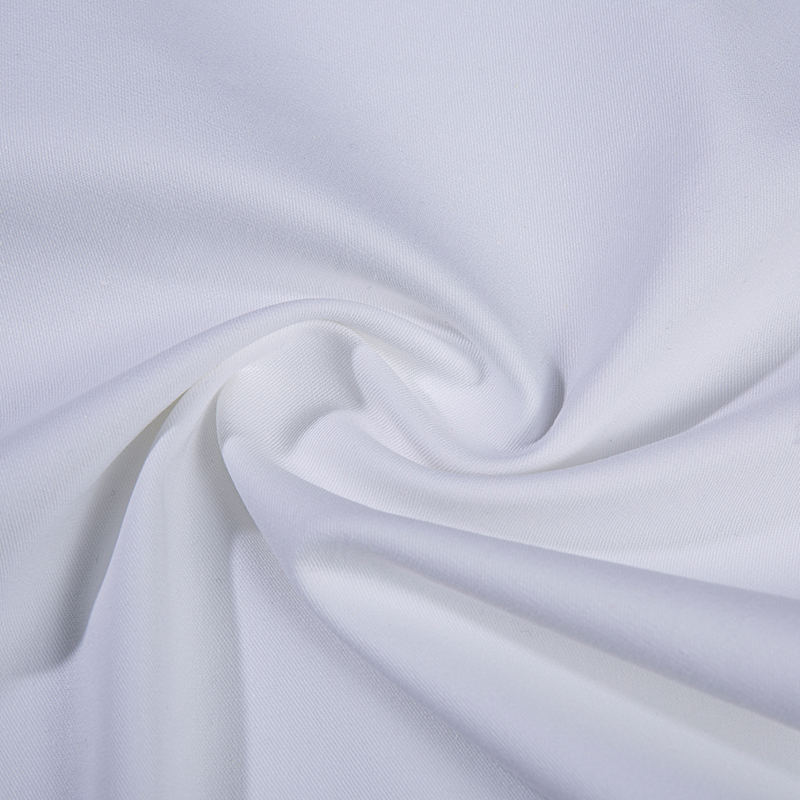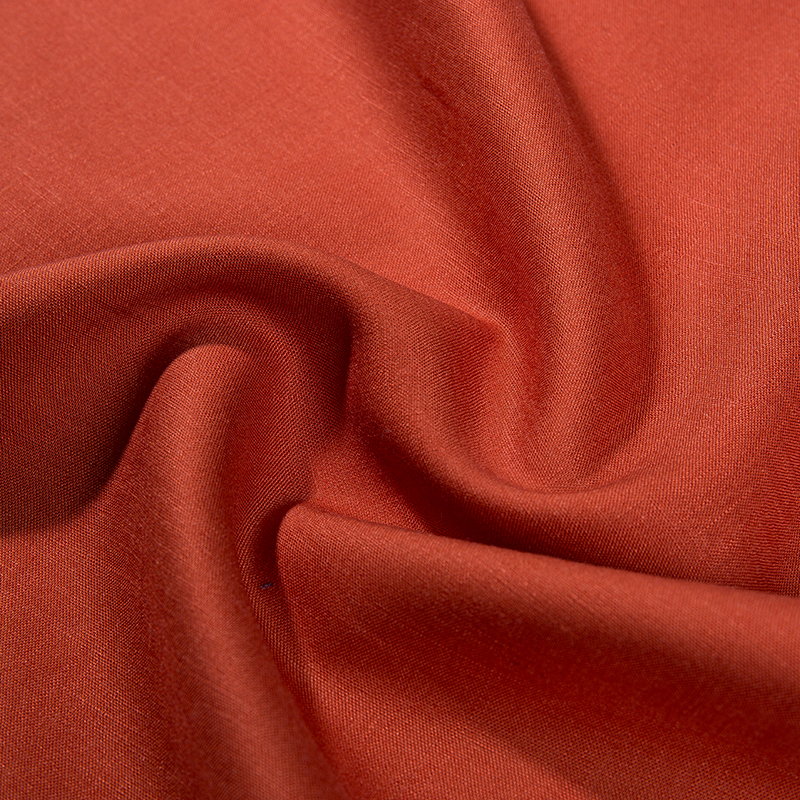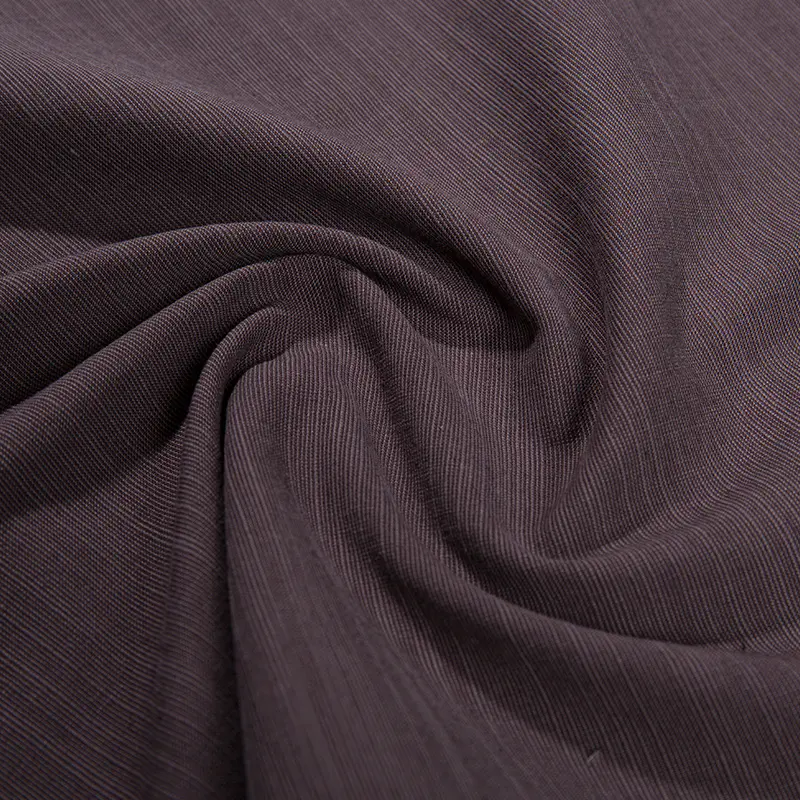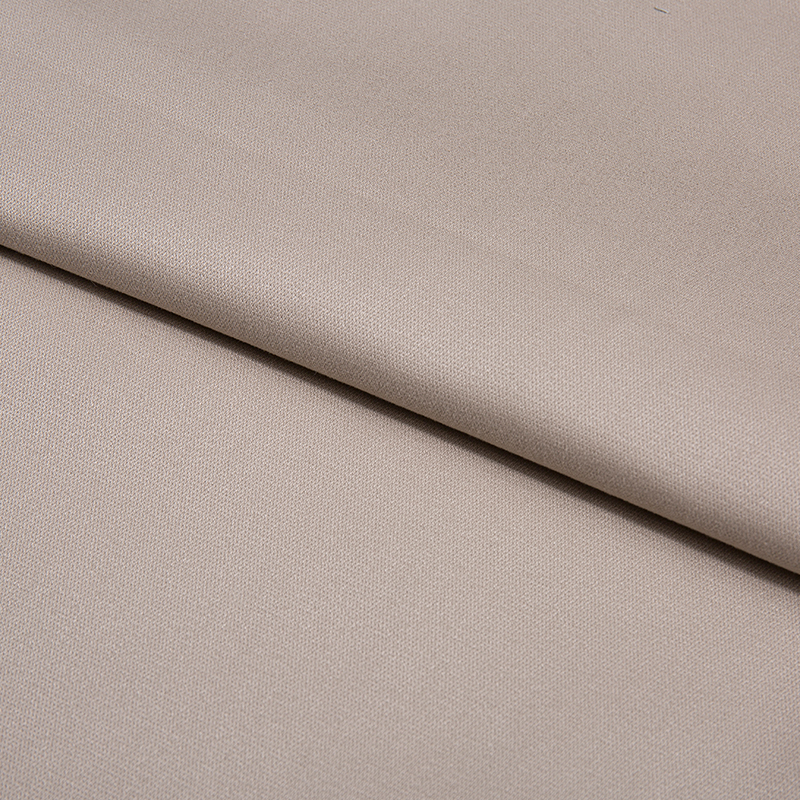In today's competitive textile industry, brands and manufacturers increasingly seek custom fabrics to differentiate their products. Whether for sportswear fabrics requiring high elasticity and moisture-wicking properties or durable workwear fabrics designed for rugged conditions, the customization process ensures materials meet precise specifications.

1. Demand Confirmation: Defining Fabric Requirements
step in creating custom fabrics is clearly outlining the intended use. For example:
- Sportswear fabrics may prioritize moisture management, stretch recovery, and lightweight breathability.
- Workwear fabrics often demand abrasion resistance, tear strength, and flame-retardant properties.
- Fashion or home textiles might focus on drape, softness, or eco-friendly certifications.
Key considerations include:
- Target Market: Is the fabric for luxury apparel, budget-friendly uniforms, or sustainable fashion?
- Environmental Standards: Certifications like OEKO-TEX® (for chemical safety) or GRS (Global Recycled Standard) may be required.
- Technical Parameters: A common request could be *70% organic cotton + 30% recycled polyester, 200GSM with double-sided sanding for extra softness.
Providing physical swatches or digital references helps suppliers accurately replicate desired textures and performance.
2. Sample Development: gooding the Fabric Composition
Once requirements are confirmed, mills begin prototyping:
Yarn Selection & Blending
- For sportswear fabrics, a blend of spandex (10-20%) with polyester or nylon enhances stretch and durability.
- Workwear fabrics may integrate reinforced polyester-cotton blends for toughness.
- Adjusting fiber ratios (e.g., 85% cotton + 15% elastane) fine-tunes flexibility or stiffness.
Weaving/Knitting Techniques
- Twill vs. Plain Weave: Twill weaves (common in workwear fabrics) resist abrasion better, while plain weaves suit lightweight sportswear fabrics.
- Knitted fabrics (for activewear) undergo gauge adjustments to balance breathability and compression.
Dyeing & Printing
- Pantone-matched dyes ensure color consistency; digital printing allows intricate patterns for fashion fabrics.
- Color fastness tests (rated 1-5) must meet industry standards—grade 4+ is ideal for long-lasting vibrancy.
3. Test Verification: Ensuring Quality & Compliance
Before mass production, rigorous testing guarantees performance:
Physical Tests
- Tear Strength: Critical for workwear fabrics subjected to heavy use.
- Pilling Resistance: Martindale tests (≥3.5 rating) prevent fabric fuzziness in sportswear fabrics.
- Shrinkage Control: Must stay below 3% after washing to maintain sizing accuracy.
Chemical Tests
- Formaldehyde Content: Restricted to ≤75mg/kg for skin safety.
- pH Balance: Fabric pH between 5.5-7.0 avoids skin irritation, crucial for custom fabrics in apparel.
4. Mass Production & Delivery Timelines
After approving samples, bulk production begins:
- MOQ (Minimum Order Quantity): Typically 500–1,000 meters per color; knits may allow smaller batches.
- Production guide Time:
- 15–30 days for sampling revisions.
- 30–60 days for mass production (complex custom fabrics may take longer).
For example, moisture-wicking sportswear fabrics with antimicrobial finishes require extra curing time, while flame-retardant workwear fabrics undergo additional coating processes.
Why Invest in Custom Fabrics?
Tailoring materials to exact needs—whether for high-performance sportswear fabrics, rugged workwear fabrics, or eco-conscious fashion—ensures outstanding quality and brand uniqueness. By following structured development stages, brands can achieve fabrics that align with functional, aesthetic, and ethical standards.
For businesses, partnering with experienced mills streamlines the process, reducing delays and cost overruns. Ultimately, well-executed custom fabrics become a competitive edge in saturated markets.
Investing in custom fabrics is a strategic choice that enhances functionality, brand identity, and market competitiveness, transforming textiles into defining elements that appeal to consumers and support long-term business success.
 EN
EN English
English 中文简体
中文简体 Español
Español عربى
عربى bahasa Indonesia
bahasa Indonesia








 Add: Beside National Highway 330, Zhuge Town, Lanxi City, Zhejiang Province, China
Add: Beside National Highway 330, Zhuge Town, Lanxi City, Zhejiang Province, China Phone: +86-579-89022355
Phone: +86-579-89022355

